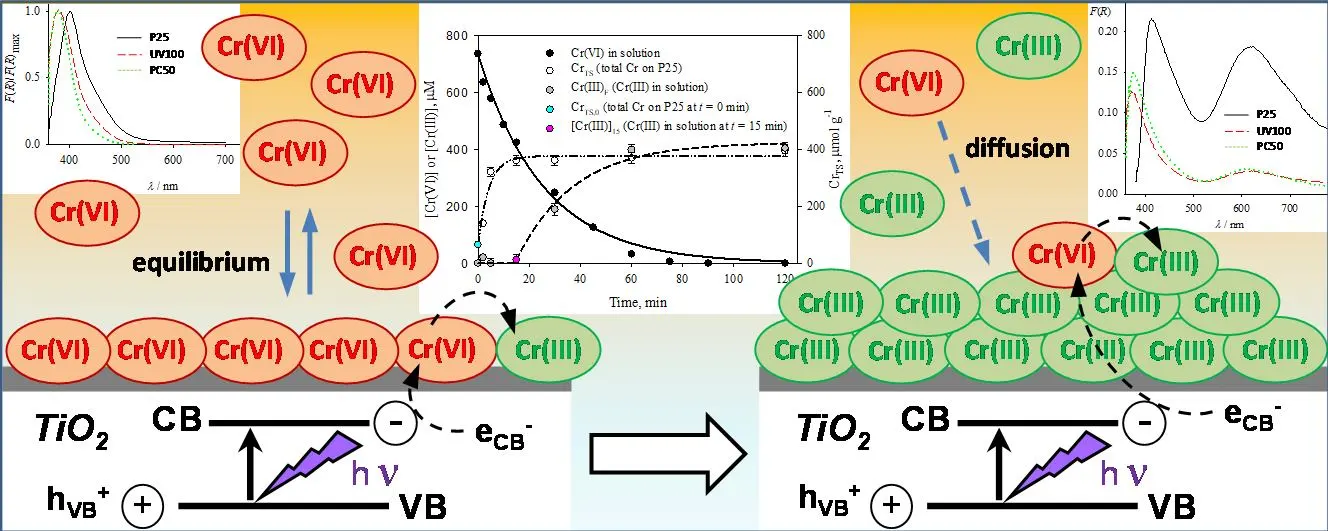Artiles
Open Access
Article
21 July 2025Rapid Production
of High-Titer d -Mannitol and
Gluconate Catalyzed by a Combination of Whole-Cell and an Enzyme at High
Temperatures
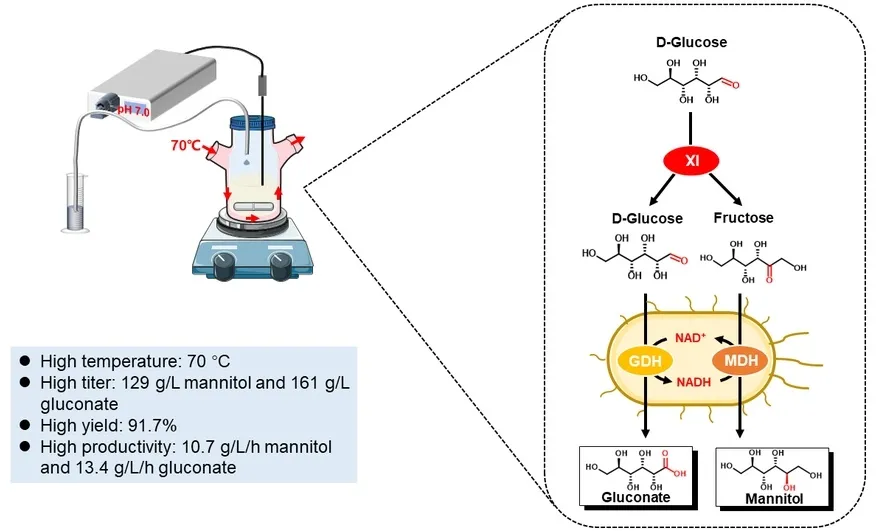
Open Access
Review
21 July 2025Fuel Oil Combustion Pollution and Hydrogen-Water Blending Technologies for Emission Mitigation: Current Advancements and Future Challenges
In recent years, researchers have focused on exploring alternative fuel technologies that enhance engine performance and combustion efficiency while reducing nitrogen oxide (NOx) and particulate matter (PM) emissions. Water-diesel emulsified fuel, which requires no engine modifications, has emerged as a critical pathway for cleaner diesel engine applications. This review systematically examines the combustion characteristics, emission performance, and energy efficiency of emulsified fuels in compression ignition (CI) engines. Studies indicate that compared to conventional pure diesel, emulsified fuels significantly optimize combustion processes through micro-explosion phenomena, shorten ignition delays, and improve combustion efficiency. Notably, NOx and PM emissions are simultaneously reduced, effectively resolving the traditional trade-off dilemma between pollutant reduction targets. Emulsified fuel exhibits comparable power output and fuel consumption rates to those of pure diesel, while delivering enhanced environmental benefits. Additionally, innovative technologies such as hydrogen nanobubbles further enhance combustion dynamics by improving fuel atomization and radical generation, though challenges persist in stabilizing non-aqueous nanobubbles and scaling up production. Despite ongoing advancements in policy incentives (e.g., green hydrogen subsidies) and combustion mechanism research, industrial adoption of emulsified fuels still faces technical hurdles, including equipment corrosion and issues with long-term storage stability issues. In conclusion, water-based emulsified fuels and hydrogen-water blending technologies provide efficient and low-cost transitional solutions for reducing diesel engine emissions, with their multi-component synergistic optimization mechanisms laying a theoretical and practical foundation for future clean fuel development.

Open Access
Article
21 July 2025The Intergovernmental Networks of Ecological Protection Policies Issuing Entities in the Source Region of the Yangtze River: A Case Study of Qinghai Province
Ecological conservation and governance play key roles in constructing an ecological civilization society, while intergovernmental cooperation provides new perspectives for cross-regional ecological governance. We employed a social network analysis (SNA) method to examine 110 published ecological policies from 2000 to 2024 in the Source Region of the Yangtze River (SRYR). The study has three key findings. Firstly, intergovernmental collaborative policies on ecological protection showed an upward trend, with intra-provincial collaborations within Qinghai Province being the most frequent. Secondly, four collaboration models were demonstrated, namely: national ministries, national and provincial, cross-provincial and intra–provincial collaborations. National agencies and Qinghai provincial agencies collaboratively set objectives, which Qinghai operationalizes with incentive-constraint measures. Then, the targeted guidelines were launched by national and provincial authorities. Afterward, cross–provincial agreements and mechanisms facilitate joint actions. Thirdly, we revealed the hierarchical structures, including a national network, two central-local sub-networks, three-tier inter-provincial partnerships, and four regional sub-clusters. Core actors include national ministries that coordinate cross-departmental efforts. The Qinghai provincial government serves as a central-local hub. It maintains strong transboundary ties with Aba and Ganzi Prefectures of Sichuan Province. Provincial departments such as ecology and environment, forestry and grasslands, and finance lead intra-provincial collaborations. These findings offer new insights for integrating multi-level governance in ecological protection and ecological civilization construction.
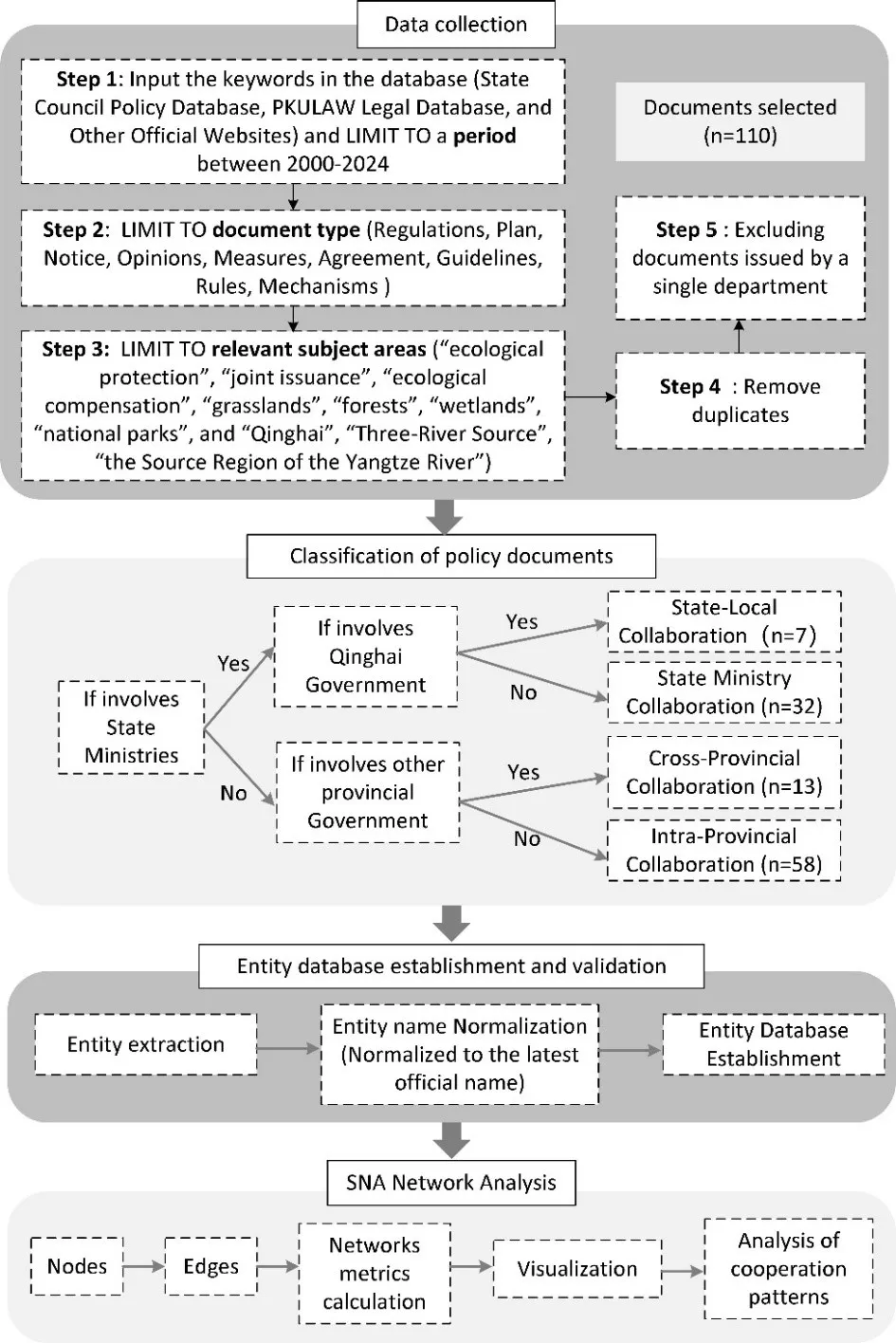
Open Access
Article
21 July 2025Mechanism Obstacles and Path Breakthroughs for International Low-Carbon Technology Sharing
The deepening of global climate governance urgently needs to solve the institutional predicament between the monopoly and sharing of low-carbon technologies. In analyzing the institutional obstacles to the sharing of low-carbon technology, the study found significant asymmetric conflicts between developed and developing countries in technology supply, institutional rules, and market dynamics. The current international rule system (such as the Agreement on Trade-Related Aspects of Intellectual Property Rights and Bilateral Investment Agreement) has solidified the “central-periphery” pattern of technology distribution through tools such as “prohibition provisions on compliance requirements” and “green patent barriers”, resulting in developing countries facing dual pressures of “compliance costs” and “technology dependence”. In contrast, developed countries have fallen into the predicament of “innovation involution” due to the mismatch of technological application scenarios. Based on the theory of the technology life cycle and the perspective of subject complementarity, there is a structural mutual benefit space in the supply and demand of low-carbon technologies among different countries: developing countries can shorten the industrial decarbonization cycle through technology sharing, while developed countries rely on technology diffusion to digest excess capacity and consolidate their dominance in rules. By deconstructing the practical effectiveness of the low-carbon patent sharing platform and the defensive patent licensing model, it is highly feasible to reconstruct the technology sharing incentive framework with the “open-source mechanism”. Constructing a multi-level incentive mechanism to promote corporate participation, introducing dynamic defensive patent commitments, strengthening institutional capacity building, establishing a coordinated regulatory mechanism, and enhancing stakeholder compliance mechanisms are institutional optimization pathways. These provide a legal basis for harmonizing the exclusivity of intellectual property rights with the public nature of climate governance, and also offer strategic references for China’s participation in the formulation of global low-carbon technology regulations.
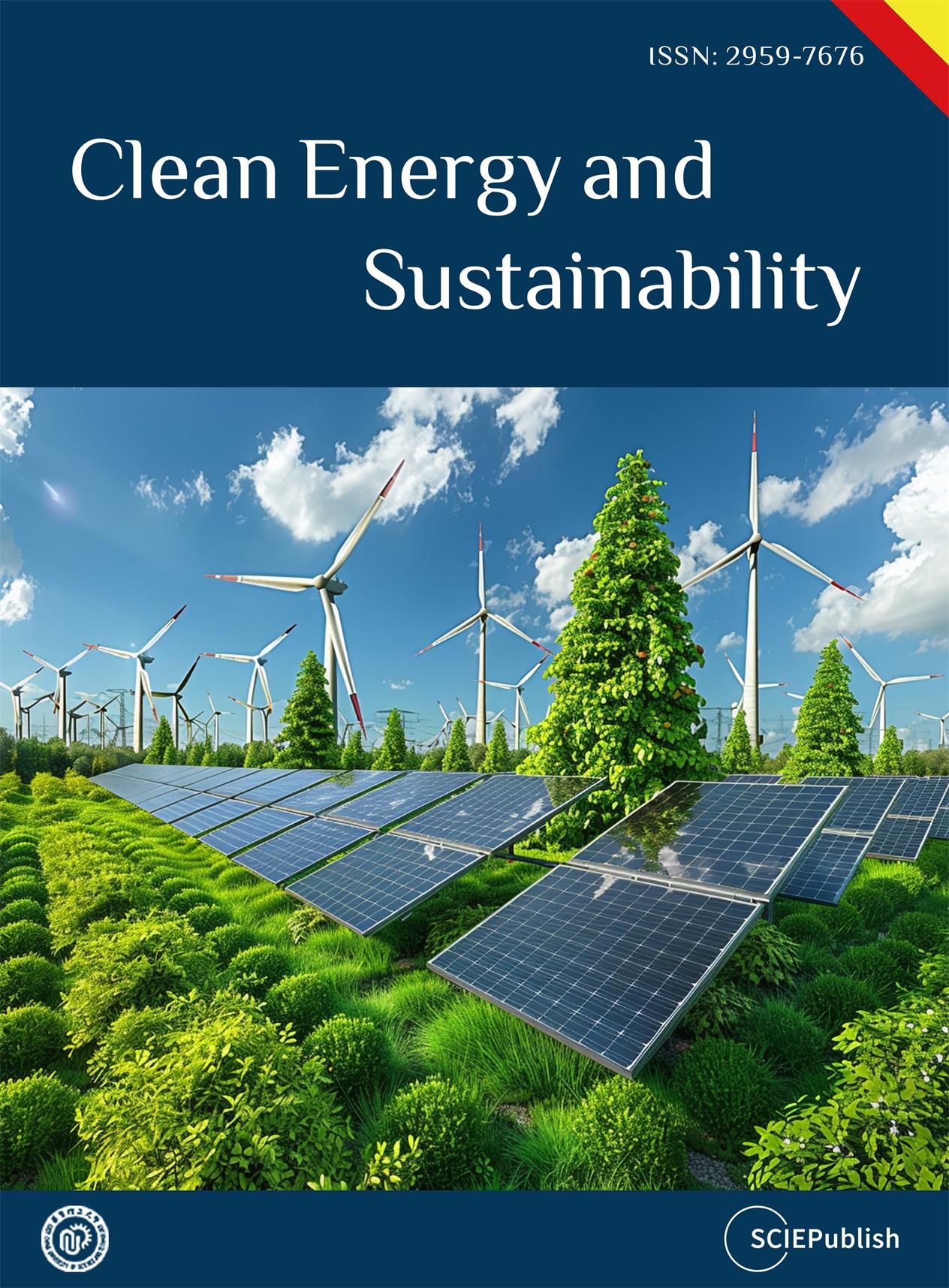
Open Access
Article
21 July 2025Dynamic Analysis of Shared Moorings in Different Wind Farm Layouts
The effects of shared mooring in offshore wind farms are investigated through numerical simulations in the present study. Different farm layouts are modelled and tested in SIMA coupled dynamic analysis software with three and four floaters. The wind turbine and the platform are based on the OC3 project from NREL: a 5-MW wind turbine and a spar floater with a 120-m draft. The water depth is 320 m, and the environmental loads are defined for an average operational condition. Firstly, the static results of the mooring line tension at the fairleads and anchors from the numerical model are compared with the values from the open-source MoorPy code. Then, domain simulations are conducted for three hours, and the dynamic behaviour of the floaters is analysed with a focus on surge and pitch motions. In addition, the dynamic stiffness effects of the polyester in the shared mooring line are considered in the SIMA simulations. The mooring line tensions are analysed, determining the global maximum tension across all systems. Results show that designs with two windward legs have significantly lower anchor mooring line tensions than those with a single windward leg, with no relevant variation in platform surge and pitch. Thus, the former systems are preferable for further investigation.
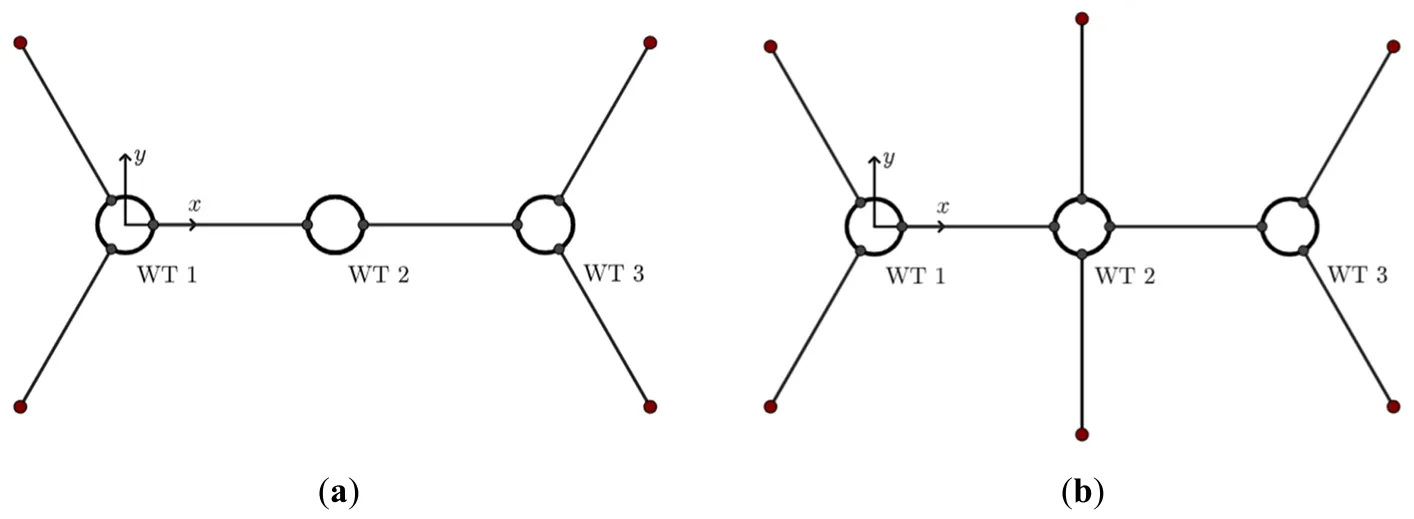
Open Access
Article
17 July 2025Energy Drink Consumption among Adolescents between 13 and 18 Years in Lebanon: Prevalence, Patterns, and Predictors of Energy Drink Use and Dependence
Energy drinks (ED) use and addiction among adolescents is a growing concern, as they contain high levels of caffeine and other stimulants that can be addictive. This study aims to determine the prevalence of ED consumption among adolescents and assess the use and dependence predictors. A cross-sectional study was conducted over eight months, targeting 1855 adolescents from 12 schools during the 2022/2023 academic year. 55.5% of participants consumed EDs at least once last year. Around 15% reported being dependent on EDs, 34.7% reported mixing them with alcohol, and 25.3% said that they mixed them with caffeinated beverages. The odds of ED use were 3.63 among alcohol consumers, 2.67 times higher among waterpipe smokers, and 1.97 among those consuming them as sports drinks. These odds were 53% and 34% lower among females who knew their side effects, respectively. Among others, these. As regards dependence on EDs, those using them daily or weekly had 2.62 times higher odds of dependence than those using them less frequently. Students using EDs before physical activity had 2.33 times higher odds of dependence, in addition to those using them for self-confidence or to enhance their moral state. Spending more than 7 USD on EDs increased 1.72 times the odds of dependence. A high prevalence of ED use was found in this study, in addition to a high risk of dependence. Findings call for parents, educators, and healthcare providers to educate adolescents about the risks.
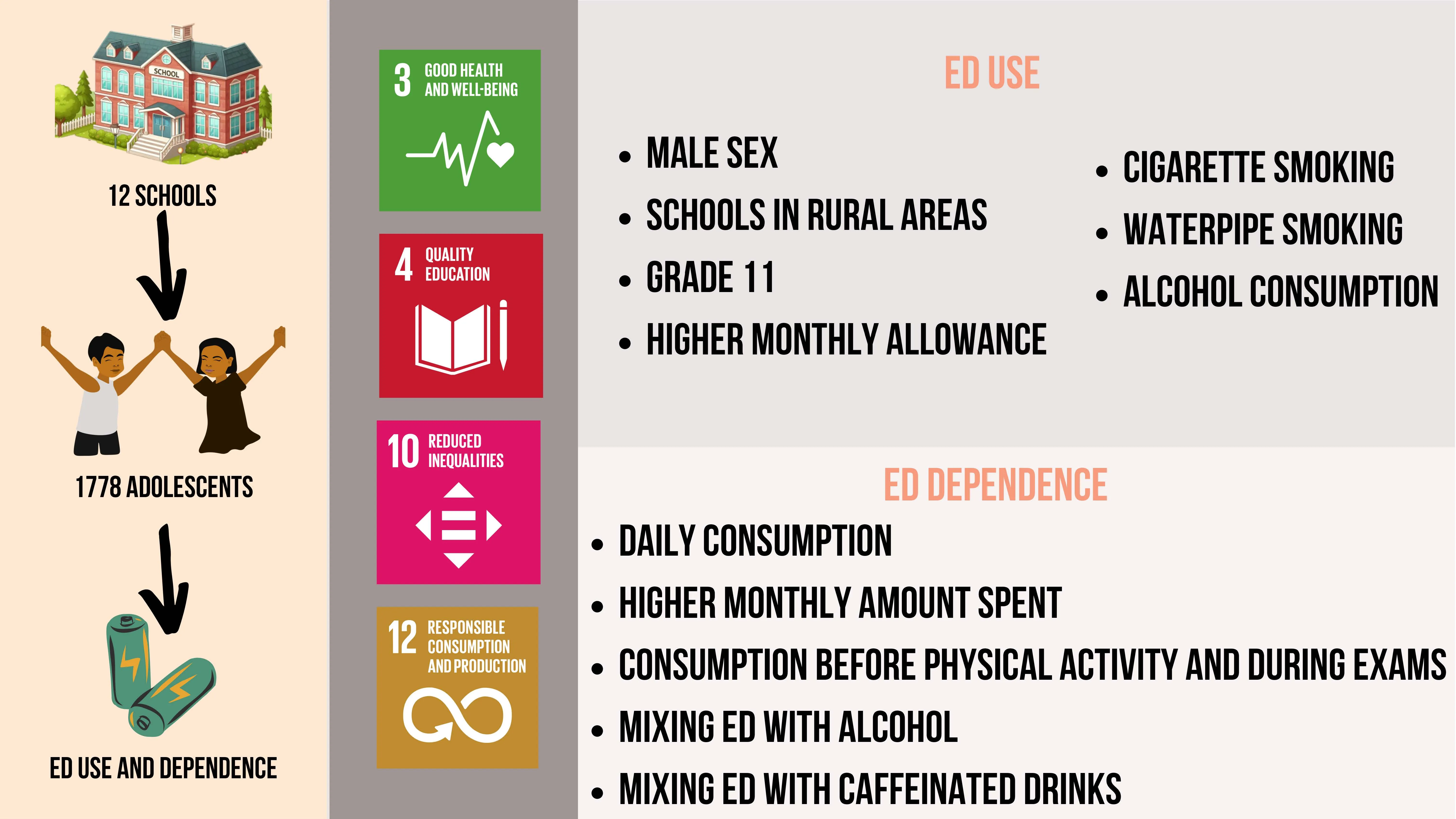
Open Access
Review
16 July 2025Heterogeneous Catalyzed Electrochemical Conversion of CO2 through C-N Bond Formation
The electrocatalytic transformation of carbon dioxide into valuable chemical compounds has gained increasing significance, particularly in the production of nitrogen-containing species via C-N bond formation. This review is organized around the “nitrogen source as the main thread, the product as the branch, and the mechanism as the underlying logic”, summarizing and discussing the latest research work on the formation of C-N bonds involving CO2 under electrochemical conditions. Firstly, these works are classified by the N-containing substrates (oxynitrides, dinitrogen gas, and ammonia) and productions (urea, amines, amides, carbamates, and amino acids). Then, various types of electrocatalysts are demonstrated in depth, including experimental and theoretical results. Finally, the conclusion is presented as well as the future perspectives.
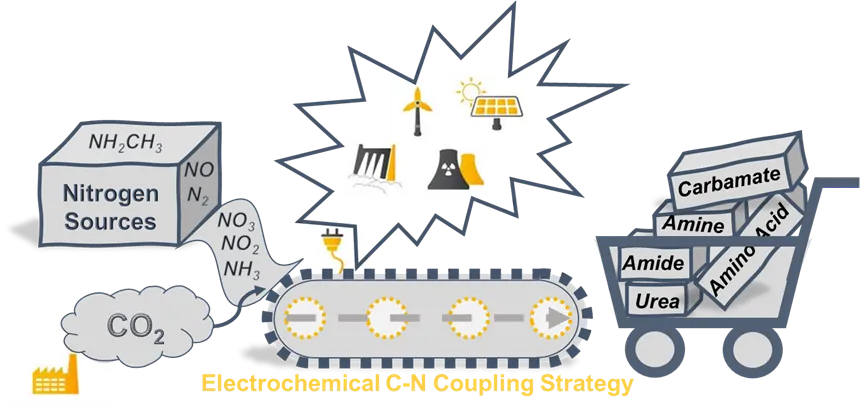
Open Access
Article
15 July 2025Exploring the Sustainable Path of Rural Governance: An Empirical Study on Digital Technology Empowering the “Fengqiao Experience” Model in the New Era
Understanding digital technology and digital inclusive finance in rural governance is key to exploring the sustainable development path of rural governance in China. This study constructs a multidimensional index evaluation system for the “Fengqiao Experience” rural governance model in the new era, measures the model’s rural governance level in 30 provinces in China (2011–2022), and empirically assesses digital technology’s impact on rural governance and its mechanism. The results are as follows: (1) During the sample survey period, the rural governance level of digital technology and “Fengqiao Experience” in 30 provinces in China has improved year by year. (2) Benchmark returns to reality and digital technology significantly promotes the improvement of rural governance levels, which remains valid after using GLS, replacing core explanatory variables, excluding the impact of the epidemic, and excluding municipalities directly under the central government. (3) Digital inclusive finance plays an intermediary role in the digital technology process, enabling rural governance. (4) Digital technology’s impact on rural governance has significant spatial spillover characteristics. Such technology helps improve the level of rural governance both locally and in surrounding areas. This study contributes to the understanding of the mechanism, effect, and regional differences of digital technology-enabled rural governance.
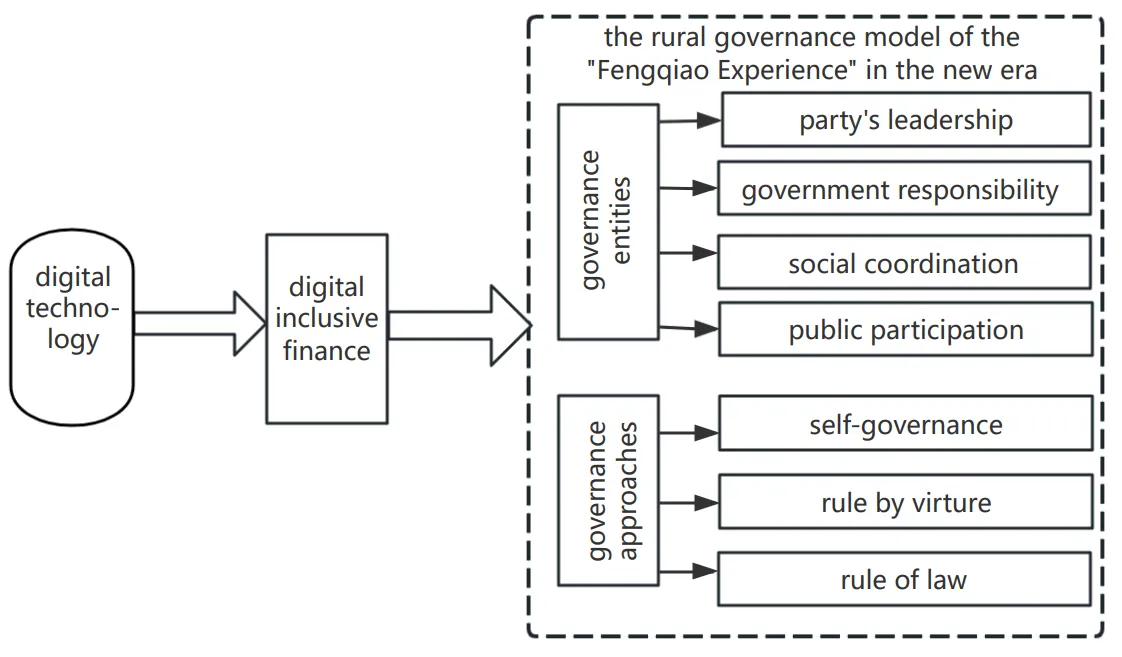
Open Access
Article
15 July 2025Hydrogen Farms Baseline Economic Model
This paper presents a comprehensive economic assessment of hydrogen farms based on two distinct production technologies. The first technology involves the use of alkaline electrolysers, evaluated under two scenarios: integration with 600 MW and 900 MW combined-cycle gas turbine (CCGT) packages. The second technology focuses on proton exchange membrane (PEM) electrolysers, also analysed under the same two CCGT capacity scenarios. Across all four scenarios, the analysis incorporates the inclusion of hydrogen storage systems and a range of critical safety equipment, such as hydrogen detectors and sensors, gas detection control panels, pressure-relief valves (PRVs), flame detectors, fire suppression systems, high-pressure rupture discs, blast-proof walls, and alarm and warning systems. Alkaline electrolysers constitute most of the capital investment in alkaline hydrogen farms. In the case of a farm utilising 600 MW of combined-cycle gas turbines (CCGTs), electrolysers account for approximately 90.48% of the total capital cost of USD 0.8156 trillion, with CCGTs contributing 4.09% and hydrogen storage and safety equipment comprising the remaining 5.43%. For a similar farm equipped with 900 MW CCGTs, the total capital cost is slightly lower at USD 0.8137 trillion, where alkaline electrolysers represent 90.70%, CCGTs 3.86%, and hydrogen storage and safety systems 5.44% of the overall investment. Proton exchange membrane (PEM) electrolysers represent the largest portion of capital investment in PEM-based hydrogen farms. For a configuration incorporating 600 MW combined-cycle gas turbines (CCGTs), PEM electrolysers account for approximately 91.92% of the total capital cost of USD 1.007 trillion, with CCGTs contributing 3.31% and hydrogen storage and safety equipment comprising 4.77%. In comparison, the capital cost for a similar farm with 900 MW CCGTs is slightly lower at USD 1.005 trillion, where PEM electrolysers make up 92.10%, CCGTs account for 3.13%, and hydrogen storage and safety systems remain at 4.77% of the total investment. This study provides a foundational examination for strategic decision-makers during the transition of an economy from oil-based to non-carbon energy exports, alongside achieving zero carbon emissions. The central premise revolves around the provision of environmental performance while simultaneously avoiding economic downturns. It situates the study within Libya’s broader decarbonisation strategy and explicitly includes an additional 470 MW CCGT configuration, expanding the range of system scales assessed. The study adopts a 25-year operational lifespan, applying a cumulative cost approach that integrates both capital expenditure and long-term O&M. It presents lifetime cost figures, USD 1.2166 trillion for the alkaline 600 MW setup and USD 1.3585 trillion for the PEM counterpart, highlighting the scale of investment required. The study also explains the higher operation and maintenance (O&M) burden of PEM systems due to their sensitive components and maintenance demands, while emphasising the cost advantages of alkaline systems and stronger economies of scale when upsized. The study highlights clear differences between PEM and alkaline electrolysis technologies, especially in terms of costs and scalability. Although PEM systems are more expensive upfront—mainly due to their complex materials and shorter operational lifespan—they make better use of space and have a more compact design. On the other hand, alkaline electrolysers, which take up more land, prove to be more affordable both initially and over the system’s lifetime. Notably, scaling alkaline systems from 600 MW to 900 MW shows modest but valuable cost savings, underscoring the impact of economies of scale. These insights are particularly relevant for regions like Libya, where land is not a limiting factor and cost-efficiency is essential for project feasibility.
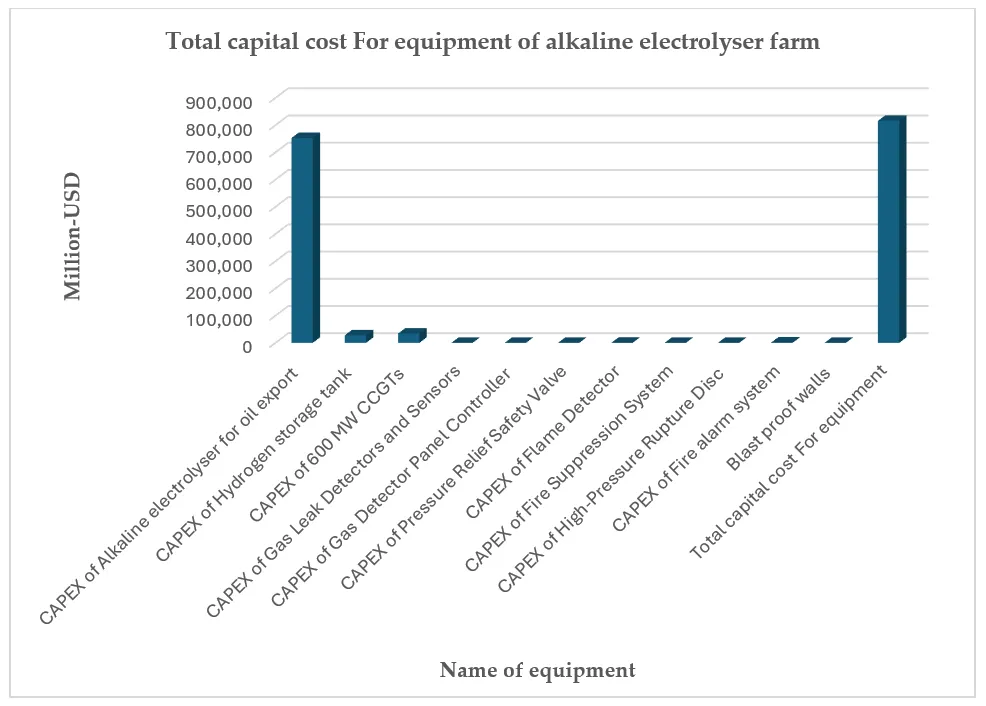
Open Access
Article
14 July 2025Correlation between Adsorption and Photocatalysis in the Aqueous System Cr(VI)-TiO2
The photocatalytic removal of Cr(VI) (0.80 mM, pH 2) using various commercially available photocatalysts (P25, UV100, PC50) was revisited, with particular attention given to Cr(VI) adsorption (as a Cr(VI)-TiO2 surface complex) and the formation of a Cr(III) hydroxide layer during the photocatalytic reduction. Cr(VI) adsorption followed a quasi-Langmuir-type isotherm, and the spectra of the Cr(VI)-TiO2 surface complex were deconvoluted into two Gaussian peaks, red-shifted when a rutile phase was present. Cr(VI) photoreduction exhibited nearly pseudo first-order kinetics, with P25 showing the highest reaction rate. Adsorbed Cr(VI) was reduced by eCB−, and the formed Cr(III) was retained over the TiO2 surface under non-equilibrium conditions, acting as a new adsorption site for Cr(VI). At longer reaction times, partial dissolution of the Cr(III) layer was observed. These findings suggest that the photoreduction kinetics are primarily governed by the slow adsorption of Cr(VI) onto the Cr(III) deposition layer. As an important conclusion, three consecutive processes never mentioned before take place: (1) reduction of adsorbed Cr(VI), (2) formation of Cr(III) over the photocatalyst and (3) adsorption of Cr(VI) over the deposited Cr(III) layer, together with partial Cr(III) redissolution. This insight provides a deeper understanding of the underlying photocatalytic mechanism.
